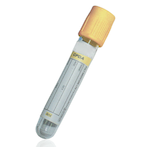
- Home
- Clinical Chemistry Tests
- Triglycerides
Triglycerides
Specimen Volume
1 ml blood minimumSample Preparation
Centrifuge
Turnaround Time
1 DaySample Processing In Laboratory
Usual
Sample Stability
Specimens stable at 4°C for 10 days. For longer periods, store serum/plasma frozen.
General Information
Triglycerides are the chemical form in which most fat exists in food as well as in the body. They are present in blood plasma and, in association with cholesterol, form the plasma lipids.
Triglycerides in plasma are derived from fats eaten in foods or made in the body from other energy sources like carbohydrates. Calories ingested in a meal and not used immediately by tissues are converted to triglycerides and transported to fat cells to be stored. Hormones regulate the release of triglycerides from fat tissue so they meet the body's needs for energy between meals.
Excess triglycerides in plasma is called hypertriglyceridemia, which is linked to the occurrence of coronary artery disease in some people. Elevated triglycerides may be a consequence of other disease, such as untreated diabetes mellitus. Like cholesterol, increases in triglyceride levels can be detected by plasma measurements. These measurements should be made after an overnight food and alcohol fast
Patient Preparation
Triglycerides are best measured after the patient has been fasting for 12 hours so that the production and metabolism of VLDL has reached steady state and there are no chylomicrons present.
Reference Range
Optimal level (Joint British Societies guidelines) is <1.7 mmol/L
Specifications
-
EQA Status:
NEQAS
- EQAS Scheme: Yes
Link to Further Information
http://www.labtestsonline.org.uk/understanding/analytes/triglycerides/tab/glanceRelated Tests
Cholesterol HDL CholesterolCreation Date
Monday, 08 August 2011Modification Date
Tuesday, 01 March 2022General Information
Location of Laboratories
Copyright UHB Pathology 2018
Protection of Personal Information – Clinical Laboratory Services comply with the Trust Data Protection Policy and have procedures in place to allow the Directorate and it’s employees to comply with the Data Protection Act 1998 and associated best practice and guidance.
University Hospitals Birmingham medical laboratories at Queen Elizabeth Hospital, Heartlands Hospital, Good Hope Hospital and Solihull Hospital are UKAS (United Kingdom Accreditation Service) accredited to the ISO 15189:2012 standard. For a list of accredited tests and other information please visit the UKAS website using the following link: https://www.ukas.com/find-an-organisation/
- Molecular Pathology is a UKAS accredited medical laboratory No. 8759
- Biochemistry is a UKAS accredited medical laboratory No. 8910
- Haematology and Transfusion is a UKAS accredited medical laboratory No. 8784
- Clinical Microbiology is a UKAS accredited medical laboratory No. 8760
- Cellular Pathology is a UKAS accredited medical laboratory No. 10141
- Musculoskeletal laboratory is a UKAS accredited medical laboratory No. 9897
- Heartlands, Good Hope and Solihull Hospital pathology laboratories are a UKAS accredited medical laboratory No.8217.
Tests not appearing on the UKAS Schedule of Accreditation currently remain outside of our scope of accreditation. However, these tests have been validated to the same high standard as accredited tests and are performed by the same trained and competent staff.
For further test information, please visit the test database: http://qehbpathology.uk/test-database
For further information contact Louise Fallon, Quality Manager, 0121 371 5962
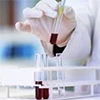 Biochemistry
Biochemistry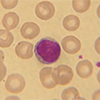 Haematology and Transfusion
Haematology and Transfusion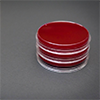 Clinical Microbiology (Including Virology)
Clinical Microbiology (Including Virology)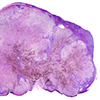 Cellular Pathology
Cellular Pathology General Information
General Information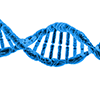 Molecular Pathology
Molecular Pathology